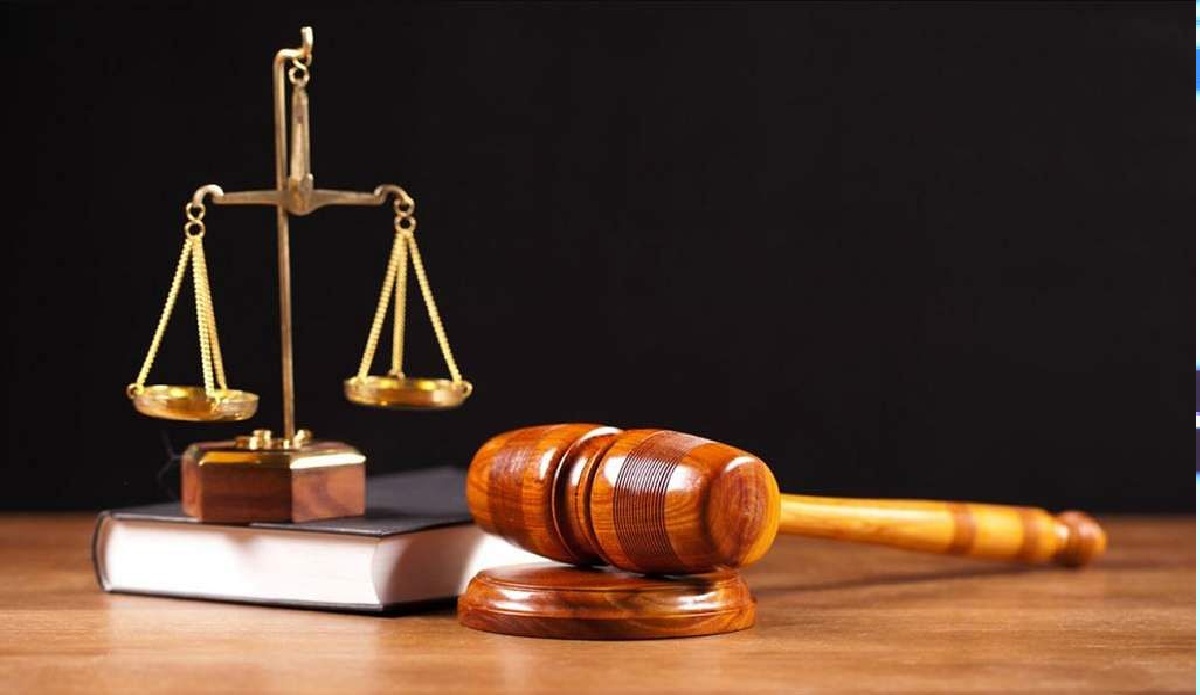
The Supreme Court of India has strongly reaffirmed its position on the demolition of illegal religious structures, emphasizing that encroachments—whether they are temples, dargahs, or gurudwaras—must be removed if they obstruct public spaces. This directive was made during the hearing of petitions challenging the controversial practice of “bulldozer action,” which has gained prominence in recent years as a method of demolishing unauthorized constructions, often tied to individuals accused of crimes.
Bulldozer Action and Its Controversies
“Bulldozer action” refers to the government’s use of bulldozers to demolish illegal structures, a practice that has raised concerns about its fairness and potential targeting of specific communities. Critics argue that these actions often appear to disproportionately affect certain religious or social groups. The Supreme Court, however, made it clear that its directive is based on public safety and is not aimed at any particular faith.
Justice B.R. Gavai, who presided over the case, emphasized India’s secular foundation, stating, “Whatever directions we issue will be for pan India and apply to all equally. We are a secular country. If there is any religious structure in the middle of the road, be it a gurudwara, dargah, or temple, it cannot obstruct the public.” This stance underscores the court’s determination to ensure that the law is applied uniformly across the country, without bias towards any religion or community.
Ensuring Equal Application of the Law
The court also raised concerns about selective action against individuals accused of crimes, observing that demolitions tied to criminal cases can lead to unfair treatment. “If there are two structures in violation, and action is taken only against one, and you find that in the background there is a criminal offence, then what?” the bench asked, suggesting that a solution must be found to prevent such perceived targeting.
The court was clear that simply having an accusation or conviction in a criminal case is not sufficient justification for demolishing someone’s home or business. Justice Gavai stressed that demolitions must be carried out under a unified law that does not disproportionately target specific groups, adding that these actions should be free of religious or political influence.
Pan-India Guidelines to Ensure Fairness
In light of these concerns, the Supreme Court announced that it would develop comprehensive pan-India guidelines to standardize the demolition process. These guidelines, set to be crafted based on input from petitioners and other stakeholders, will aim to ensure that all demolitions are carried out fairly, transparently, and under strict judicial oversight.
The court also outlined the need for proper procedure before any demolition can occur. According to the Supreme Court, authorities must issue formal notices to the owners of illegal structures at their registered postal addresses. Additionally, the court mandated a gap between the final demolition order and its execution, providing those impacted with sufficient time to make alternative arrangements. This period will allow affected individuals or groups to challenge the demolition or seek alternative housing, ensuring that the process does not lead to sudden displacements.
Judicial Oversight and Balanced Enforcement
The bench also underscored that future demolitions must be conducted with judicial oversight to ensure transparency and prevent any misuse of power. This ensures that local authorities or state governments do not carry out arbitrary demolitions without proper legal grounds or due process.
Through these guidelines and procedures, the Supreme Court seeks to balance the need for public safety with the protection of individual rights, ensuring that demolitions serve the public interest without unfairly targeting or penalizing specific communities.
The court’s decision marks an important step towards creating a more just and transparent process for dealing with illegal structures, reinforcing India’s commitment to secularism and equal treatment under the law.







